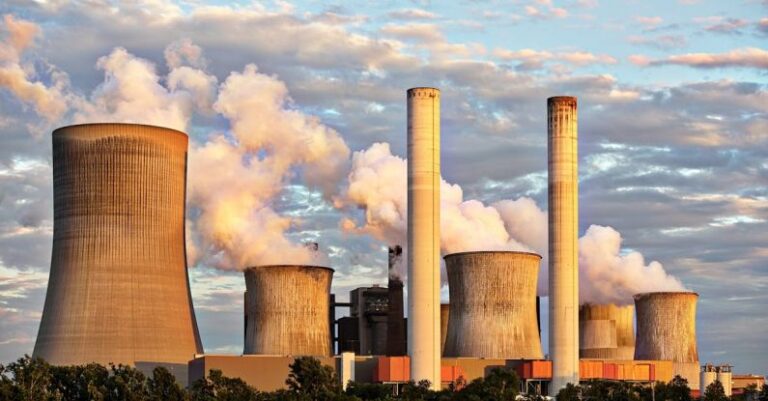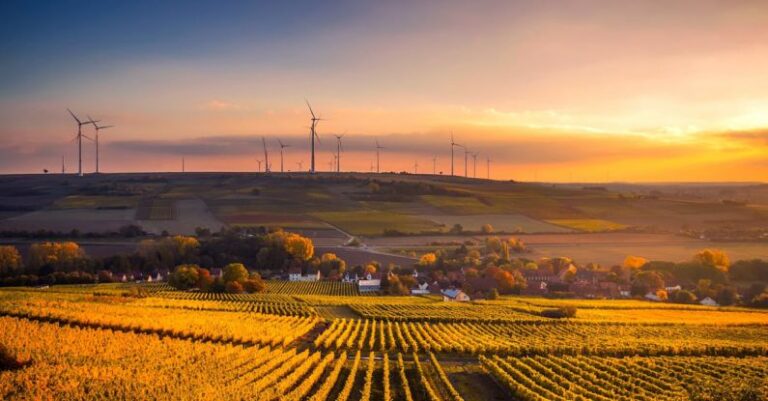
Climate Policies: A Catalyst for Environmental Change
Climate policies play a crucial role in shaping the environmental landscape. With the increasing recognition of the urgent need to address climate change, governments around the world have implemented various policies aimed at reducing greenhouse gas emissions, promoting renewable energy sources, and fostering sustainable practices. These policies have a direct impact on environmental change, influencing everything from air and water quality to biodiversity and ecosystem health.
The Link Between Climate Policies and Environmental Change
Climate policies are designed to mitigate the impact of human activities on the environment and reduce the emissions of greenhouse gases that contribute to global warming. By setting targets for emission reductions, promoting clean energy technologies, and incentivizing sustainable practices, these policies aim to shift our societies towards a more sustainable and environmentally friendly future.
One of the key ways in which climate policies influence environmental change is by reducing the emissions of greenhouse gases such as carbon dioxide, methane, and nitrous oxide. These gases trap heat in the atmosphere, leading to a rise in global temperatures and causing a wide range of environmental impacts, from melting ice caps and rising sea levels to more frequent and intense extreme weather events.
Renewable Energy and Sustainable Practices
Climate policies often include measures to promote renewable energy sources such as solar, wind, and hydroelectric power. By incentivizing the development and adoption of these clean energy technologies, governments can reduce reliance on fossil fuels and decrease emissions of greenhouse gases associated with electricity generation.
In addition to promoting renewable energy, climate policies also encourage the adoption of sustainable practices in various sectors, such as agriculture, transportation, and waste management. Sustainable agriculture practices can help reduce the environmental impact of food production, including greenhouse gas emissions, water pollution, and soil degradation.
Transportation is another sector where climate policies can have a significant impact on environmental change. By promoting the use of public transportation, electric vehicles, and cycling, governments can reduce emissions from cars and trucks, improve air quality in urban areas, and decrease the overall carbon footprint of the transportation sector.
Protecting Biodiversity and Ecosystem Health
Climate policies also play a crucial role in protecting biodiversity and ecosystem health. As temperatures rise and weather patterns become more erratic, many species are facing unprecedented challenges, from habitat loss and fragmentation to changes in migration patterns and food availability.
By setting aside protected areas, implementing conservation measures, and restoring degraded ecosystems, climate policies can help safeguard biodiversity and ensure the long-term health and resilience of ecosystems. In addition, policies that promote sustainable land use practices, such as reforestation, sustainable agriculture, and land conservation, can help mitigate the impacts of climate change on ecosystems and enhance their ability to adapt to changing conditions.
Conclusion: A Call to Action
Climate policies are a powerful tool for shaping environmental change and addressing the urgent challenges posed by climate change. By setting ambitious targets, promoting renewable energy sources, and encouraging sustainable practices, governments can play a crucial role in transitioning towards a more sustainable and resilient future. It is essential for policymakers, businesses, and individuals to work together to implement and support effective climate policies that will safeguard the environment for future generations.





